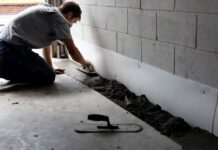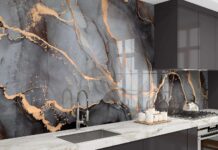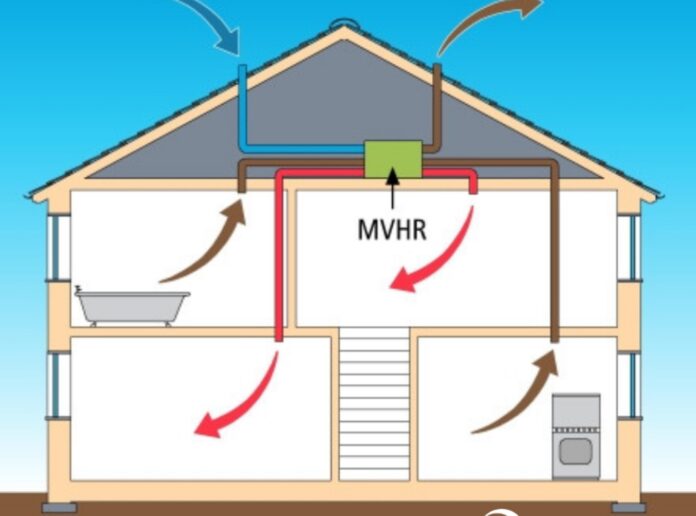
MVHR is short for mechanical ventilation with heat recovery. This is also called heat recovery ventilation. The name comes from the fact that this type of ventilation eliminates almost all heat loss from ventilation systems. It significantly reduces the amount of energy required to keep your home warm, especially if you’re trying to do so while regularly exchanging the air. MVHR systems also make up for the fact that indoor air quality tends to get worse as the building becomes more air-tight, which makes them essential for very airtight buildings. But how do MVHR systems work?
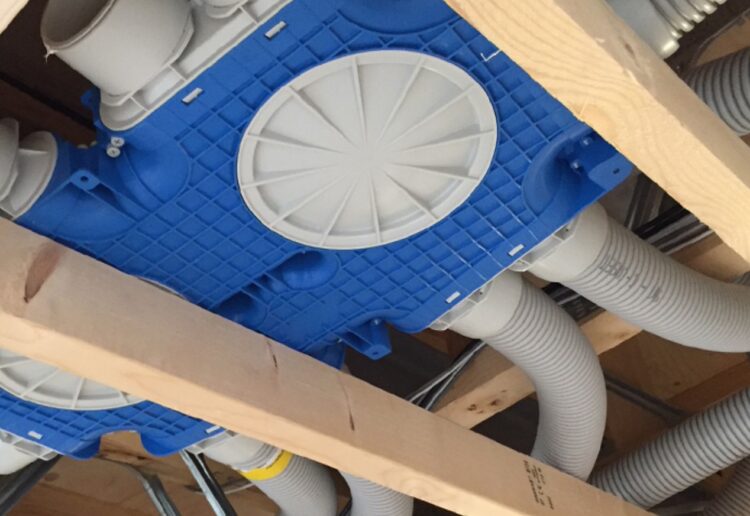
How MVHR Systems Work
The first component of an MVHR system is ventilation and the first goal in the MVHR cycle is the recycling of air. With an MVHR system, incoming air will have to pass through a filter, and you can choose filters that remove pollen and industrial pollution from the air. A well-designed system will position the air intakes to avoid polluted air from nearby sources, too. You can even add filters that block road noise as well as car fumes.
The second component is heat recovery. With an MVHR system, the heat in the air being pulled out of the home is transferred to the incoming air via a heat exchanger in the MVHR system. That’s in the winter. In the summer, if you happen to use air conditioning, air from the inside will be used to temper hot air coming from the outside.
This will have the effect of warming the incoming air in the winter and cooling the incoming air in the summer. It can transfer up to 20 degrees Celsius, significantly reducing the amount of heating or cooling that’s required to maintain your home’s temperature. In very cold areas, a de-frost pre-heater will warm the incoming air so that the MVHR system works at peak efficiency.
Air is constantly recycled while heat and moisture are exchanged in the heat exchanger. This prevents germs, dust, and mould from spreading throughout the system. The air coming in is also filtered. This means the incoming air is truly fresh. The MVHR system will also maintain a similar humidity level.
MVHR systems are especially great at removing moisture from hot and humid areas like the kitchen and the bathroom. Air circulation in wet rooms like bathrooms and kitchens may occur at a higher rate than that of living rooms and bedrooms. However, the air in the building is continually circulated, keeping it fresh.
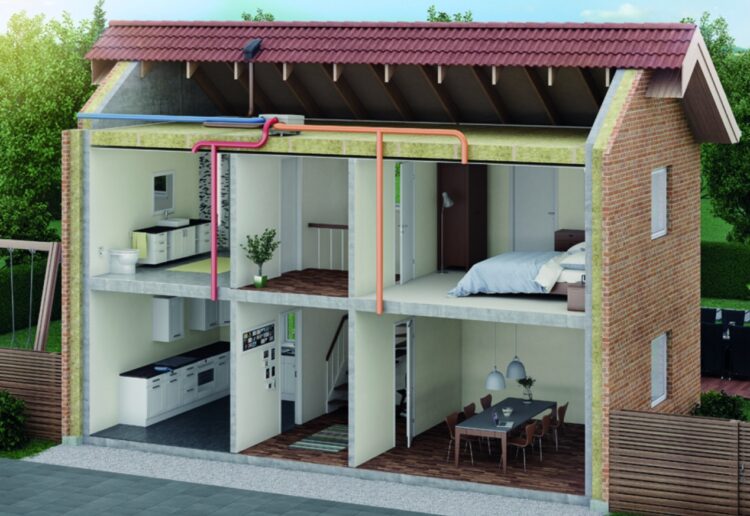
How MVHR Can Be Integrated into Your Home’s Design
The best way to see the promised benefits of MVHR is to have it integrated into the home’s design while it is still on the drawing board. This is essential if your goal is to create a Passivhaus, or a home that is heated and cooled passively. This is especially true if you’re going to rely on solar heating and internal airflow to warm your home in the winter.
MVHR systems can be added to existing homes, though not every home is a candidate. There is no such thing as a completely sealed home. However, older, leaking homes will not benefit from an MVHR system.
MVHR isn’t practical if the home’s airtightness is higher than 5 m3/(m2*h) at the pressure test (q50). The airtightness should be below this if you want to recoup the cost of these relatively expensive system retrofits. Furthermore, MVHR systems generally rely on ducting. Some building designs don’t make it easy to incorporate a ducted system. If you choose to install an MVHR system, go ahead and invest in additional insulation, too.
In newer homes with a tight envelope, MVHR is certainly an option. The MVHR system replaces the extractor fans you’d normally find in bathrooms, kitchens, utility closets, and toilets. This makes the mechanical ventilation with heat recovery system much quieter than conventional systems, though that’s far from the only benefit.
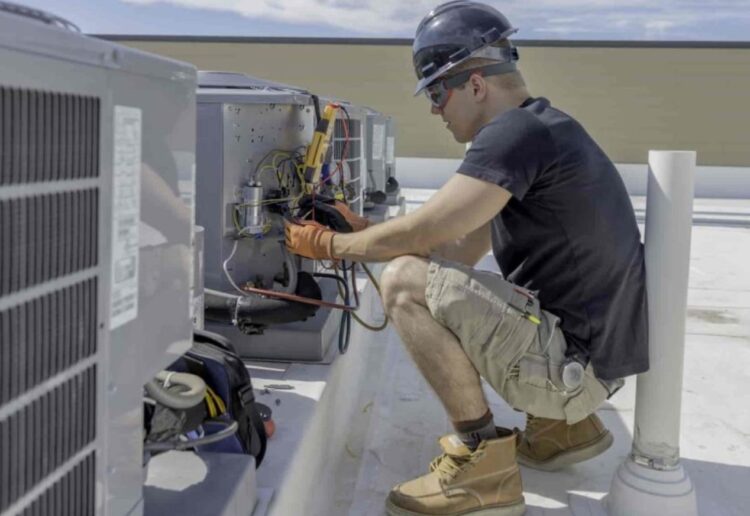
What Are the Benefits of MVHR Systems?
MVHR systems are controllable. You can increase or decrease the airflow as required. You can generally increase the airflow in a given room, such as when the bathroom is getting too humid. The steady flow of air through the building helps to keep dust, fungus, mould, and dust mites in check. You can install pollen filters to improve air quality, and you can pick systems with tight filters to keep midges out of your home. It naturally removes bad odours from any room in the house.
According to BPC Ventilation, MVHR units could allow you to greatly improve the air quality by removing hot moist air while filtering it, too. On the flip side, the system transfers moisture as well as heat. This means that the MVHR system actively dehumidifies the air in the winter.
MVHR systems provide a steady stream of fresh air. This improves overall indoor air quality. You won’t experience CO2 peaks that make a room stuffy, followed by the fans kicking in. The airflow itself is more controlled. You don’t have to worry about air quality depending on whether or not someone remembered to turn on a fan. Nor will you experience the draughts that occur in less airtight buildings. Furthermore, the airflow into your home won’t change in response to changing weather conditions. Some systems even allow you to monitor the air quality and make changes to the settings as necessary.
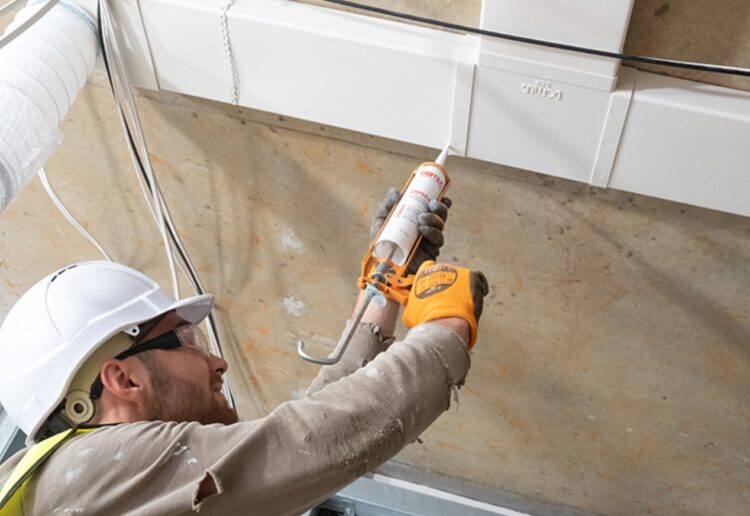
MVHR systems require very little energy to operate. A little power is used to drive the fans, but the rest of the system is passive. This results in roughly a third of the heating energy being conserved in a home with an efficient MVHR system over a naturally ventilated building. You get improved air quality and a lower electric bill.
MVHR systems require some maintenance, but this is similar to what any other system requires. For example, you’ll need to change the filters periodically. The ducts should be cleaned once in a while, too.
MVHR systems are a great way to improve your indoor air quality while reducing noise and environmental variability, and they can save you money too. So, we strongly suggest you speak with a reputable supplier today and see what they have to offer.



